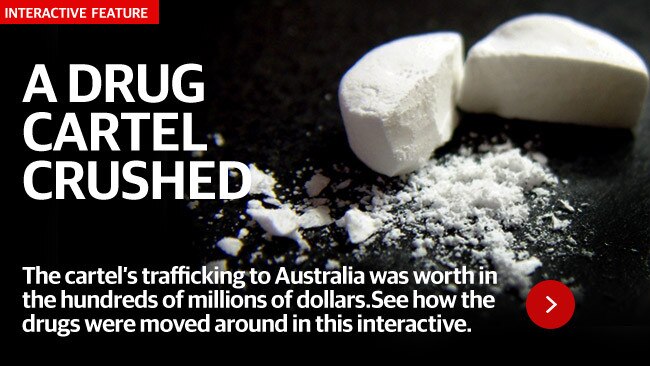How Australian Federal Police tracked Haklander global drug cartel and arrested them
POLICE’S nine-year investigation into a drug cartel flooding Australia with ecstasy was successful due to ‘plain old detective work’. Over 20 jailed.
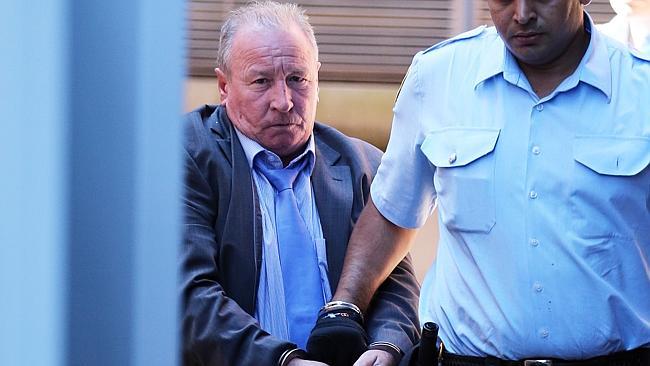
National
Don't miss out on the headlines from National. Followed categories will be added to My News.
- Maccas reveals dark criminal underbelly
- You paid all of drug kingpin’s legal bills
- Nine-year quest to smash drug ring
- Sydney cafe hub of major global drug cartel
EXCLUSIVE
FOR as much technology and counter surveillance measures the Haklander cartel used, the Australian Federal Police say the success of its record nine-year investigation to bring the group down was “plain old detective work”.
MORE PREMIUM CONTENT
• STANDEN downfall set to be a film
• PEDDLING poison into the country
• AFP’S tactics in catching drug cartel kingpin
Internal police files obtained by News Corp Australia show the Haklander Syndicate went to extraordinary lengths to ensure their global operation ran undetected for more than two decades, including employing codenames, a complex encrypted messaging system and the use of dozens of ‘burner’, prepaid phones thrown away regularly.
Specifically in Australia, the cartel noted they had identified a mobile phone shop near the Bondi Beach Hotel that did not require identification to purchase cards or phones and became the go to kiosk for cartel members.
According to files, police early on had identified a critical code word of theirs — BLACKSTONE — where each letter in the word represented a number from 0-9 starting with B represented 0 and E representing 9. That was how mobile numbers were passed.
The phones would be used mainly to receive calls and messages about things like tennis games; if someone “won” or had a “good game” it meant a successful drug delivery. The cartel also used as specific passage of a book where they would point other members to such as page 9, second paragraph fourth word, then eighth word and so on to build a coded sentence.
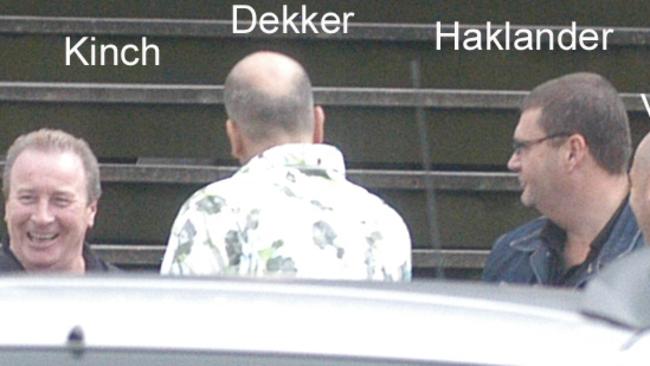
Internet cafes in Coogee and Bondi were also used to send hushmail where syndicate members would draft each other emails but not send them, instead allowing all members to just log on from Arbuba and Rio to Holland or locally and read what each other had left for the other before erasing the draft email.
They also had pet names for each other or multiple false first names. They became so random at one point no one could work out whom they were speaking with.
They also had counter surveillance measures including motorbike to follow drug trucks to make sure they were not being followed, cartel members being paid to spy on each other to ensure there were no traitors and a string of safe houses. As an added precaution, cartel member James Kinch kept a tape recorder in his car so when he parked it he would start recording and would find out if any police had broken in to plant a bug or tracking device.
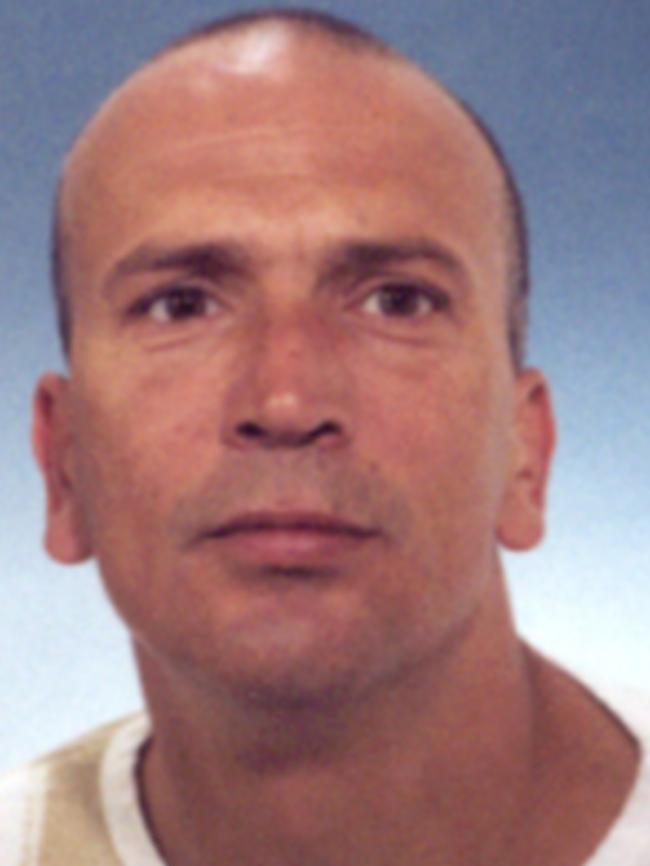
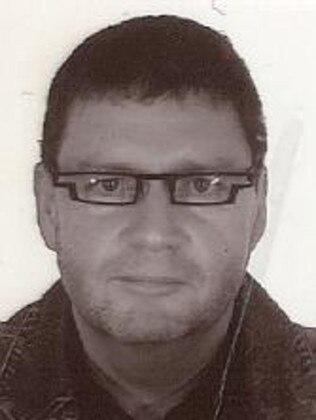
Operations, from manufacturers to transport, logistics, couriers, handlers were all compartmentalised so only cartel principals knew who was who.
Adding to the complexity was the fact there were tonnes of ecstasy being shipped around the world at any one time to and from more than 14 destinations.
For the AFP’s part, they had some surveillance but largely it was down to Commander Glen McEwen and Sgt Brett Thompson under cover across Australia and The Netherlands.
“Electronic surveillance, we weren’t relying on a lot of that we actually went back to the old detective way, doing the digging and finding people who were willing to assist in our investigation as opposed to just the wonders of modern technology,” Cmdr McEwen said
“So I think that is why it is even more rewarding as it shows good old police work is still valid as is patience.”
He and Thompson posed as one stage as Socceroos’ security advance party as an excuse for moving about southern Holland were the cartel was based. Through a chance exit from a hotel McEwen was also filmed by local television as management for former Dutch and Manchester United footballer Ruud van Nistelrooy.
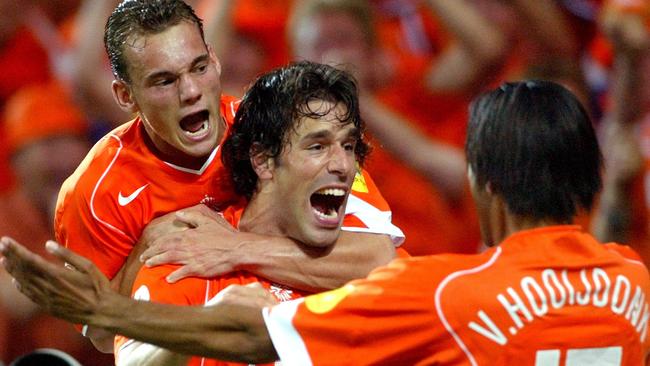
They were not also so discreet in their surveillance.
At one point they planned to spy on a cartel meeting at a cafe but didn’t realise the national Kings Day was the day the nation wore orange so sheepishly sat in plain clothed blue, making them stand out on the street and receiving a nod of recognition from the syndicate who pinged the pair.
Originally published as How Australian Federal Police tracked Haklander global drug cartel and arrested them

